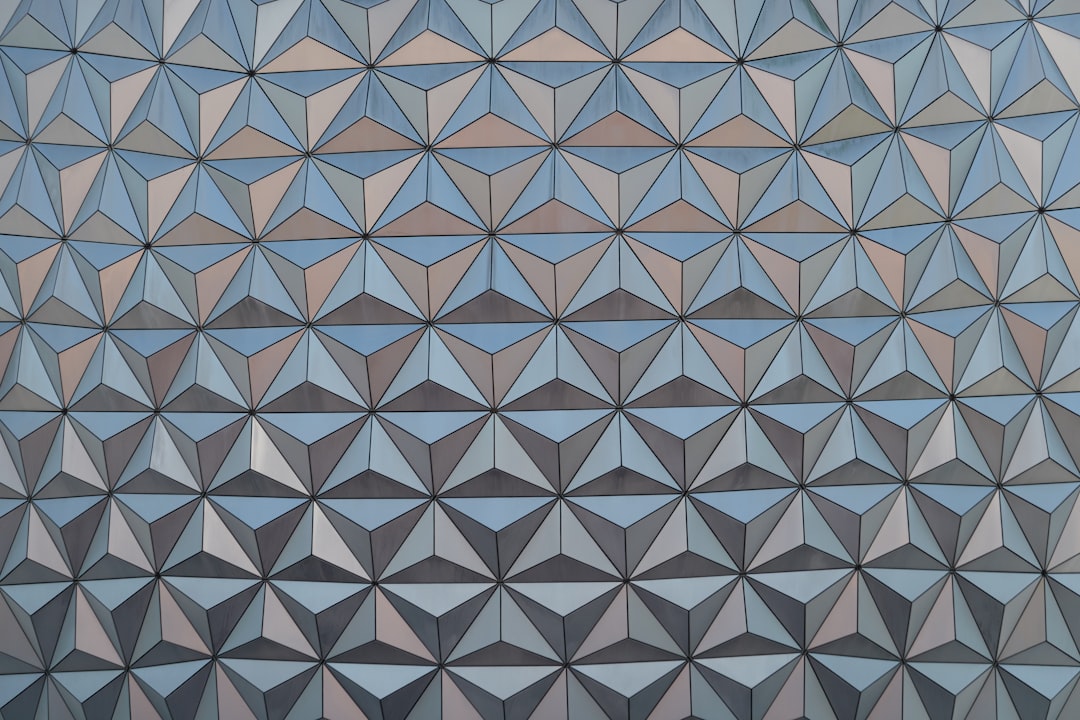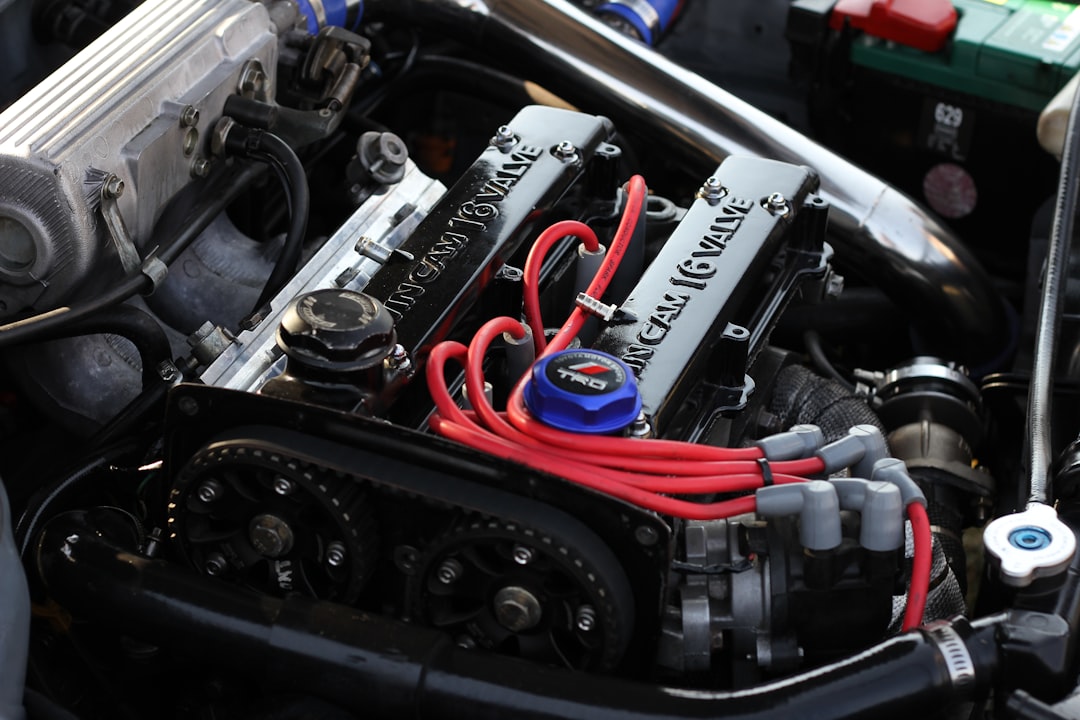What is it about?
With rising demands for sustainable energy, photovoltaic (PV), or solar cells have emerged as a strong contender for energy production. The passivated emitter and rear cell (PERC), whose development started in 1989, is an improved version of regular solar cells. A 2020 review of literature characterises solar cells and describes the physics, underlying cell architecture, and the development of PERCs, as well as its improvements, and the future implications of this cell design. PERCs initially demonstrated an energy conversion efficiency of 25%; however, developing and integrating them into existing technologies and industrial production dropped this value to 22%. Recent advances like fine line metallisation and use of high-quality emitters and improved materials have increased these cells’ efficiency, led to improvement in technologies, and increased energy yield from photovoltaics. The recent booming of technology has further assisted PERC development, with analytical and numerical modeling. The authors of this review have also mentioned a study based on 3D numerical modeling, which reported an efficiency of 26% while using a PERC device. This combination of technology with other engineering developments has resulted in the best energy efficiency for a PERC.
Featured Image

Photo by Andreas Gücklhorn on Unsplash
Why is it important?
Current energy production methods rely heavily on fossil fuels. This results in a depletion of resources while being detrimental to the environment. Solar cells might be our best bet at obtaining sustainable energy from a renewable, abundant resource – sunlight. However, one of their drawbacks is their lower energy efficiency. Improving upon this may bring us closer to sustainable energy production. KEY TAKEAWAY: PERCs are a promising source of sustainable energy, and through technological improvements, these photovoltaic cells can be made more energy efficient.
Read the Original
This page is a summary of: Passivated emitter and rear cell—Devices, technology, and modeling, Applied Physics Reviews, December 2020, American Institute of Physics,
DOI: 10.1063/5.0005090.
You can read the full text:
Resources
Climate Change Knowledge Cooperative
Explore the wider collection of climate change research summaries.
What are the challenges in meeting the massive demand for solar energy?
PV energy needs to be adopted as a much faster rate to meet global energy demands and keep the PV market sustainable. Governmental incentives are essential to achieving this.
Energizing the next industrial revolution with self-charging power systems
Self-charging power systems are devices that can both store and harvest energy. They do this by extracting the electricity from particles pushing against each other inside an object, or by capturing static electricity from friction between two objects. This is a really active and exciting area of research.
Nickel-iron battolysers: A key to greening our energy systems
Lithium-iron battolysers are part battery, part electrolyser. They are a cost-effective option for producing hydrogen fuel and have the potential to provide long-term energy storage on national grids.
Chasing the Clouds: New remote sensing data based method for predicting cloud properties
This new ‘remote-sensing’ method will help us predict cloud cover more accurately, which will help make solar power generation more predictable.
Contributors
Be the first to contribute to this page










